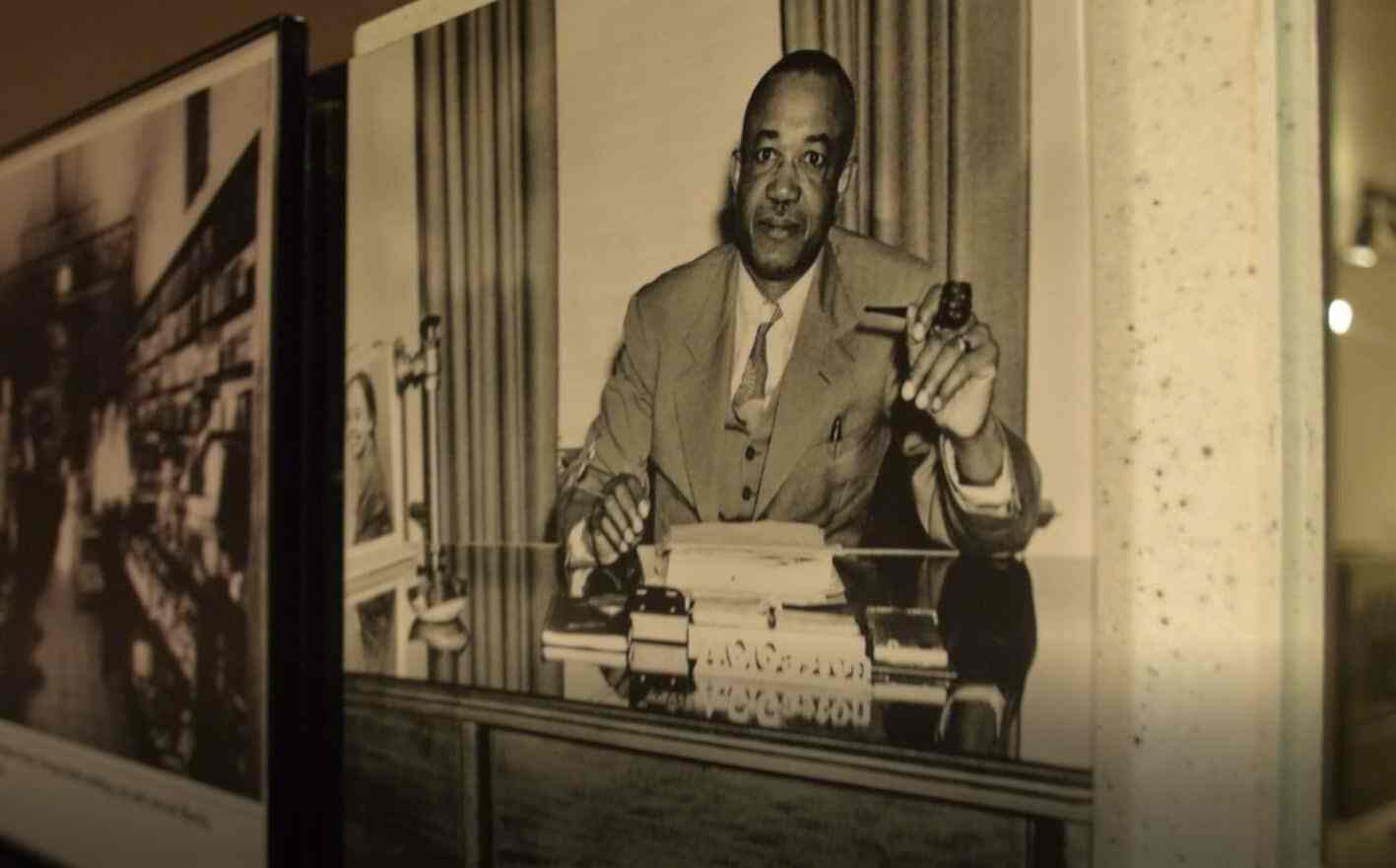Innovation Anthropology: The Art And Study of Mashups for Creating Game-Changing Breakthroughs
Have you ever wondered what made people like Thomas Edison, Steve Jobs, and Elon Musk so innovative? Why they seemed to have been able to keep coming up with game-changing technologies over and over again? As an Innovation Anthropologist, I have rigorously studied many of the innovative historical breakthroughs which have had the most significant impact on society.
3 Timeless Business Principles I Learned From 3 Titans of Business
You can probably recite a quote of theirs. They may have even provided you with the inspiration to dream bigger than you would have had you not read their biography. Who are these rare people? They are business titans of course. But how did they become one? These extraordinary individuals seem to possess superhuman qualities that appear to show up only once in a generation. When you take a closer look however, what you will find is that these “Titans” accomplished extraordinary feats by being excellent at ordinary things.
10 Great Books for The Aspiring Servant Leader
“Paul shoot for the heavens and you will at least land on the stars”. “Dare to dream the impossible and then write your vision and make it plain”. These words of wisdom were spoken to me by the late Bishop John Gimenez, a visionary multiplier of leaders of leaders and one of my first mentors.
Why you don’t need to Reinvent the Wheel in the Digital Workplace
Do you remember when the fax machine was a revolutionary technology? Or when the type writer went electric? What about your first time using the internet? All of these technological advancements had one thing in common. They improved the speed and means of communication in business. As leaders in our organizations it is important to remember, although we live in a rapidly accelerating Digital Workplace, fundamentally many of these technical advances find their origins in basic human function such as lifting, communicating or walking.
Structured Innovation: How to Harness breakthrough ideas from within your organization.
In this article you will learn how to identify and capture creative ideas from the field and turn them into reality. You will also learn how to save both time and money through the application of systems thinking and disciplined selection. Let us begin by unpacking the process of Structured Innovation.
Obstacles Welcomed: The Seed of Your Organizations Next Big Innovative Break Through
How do you drive innovation in a large organization? For those of us who are entrepreneurs trapped in a corporate body, this is a challenge. I have heard many of my colleagues both current and former say to me “Paul, why should I innovate if my company does not take any of my ideas seriously?
How Anyone In Your Organization Can Innovate
Since the beginning of mankind’s existence we have been accidental innovators. In our early years most of our innovation was birthed out of a need to survive. Then as we incrementally achieved technological advances, we gradually moved along Maslow’s hierarchy of needs. Innovation became mankind’s platform to produce wealth and industry. Today, when we think of innovation, we think of it as a special skill that only a choice few people possess such as the late Steve Jobs.







